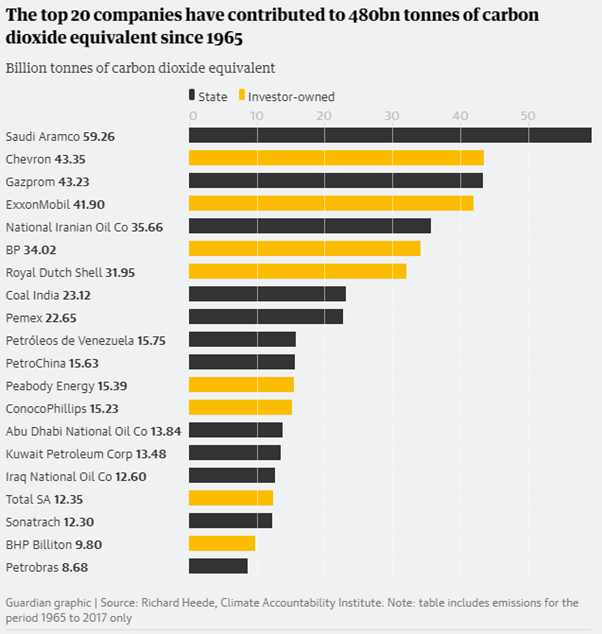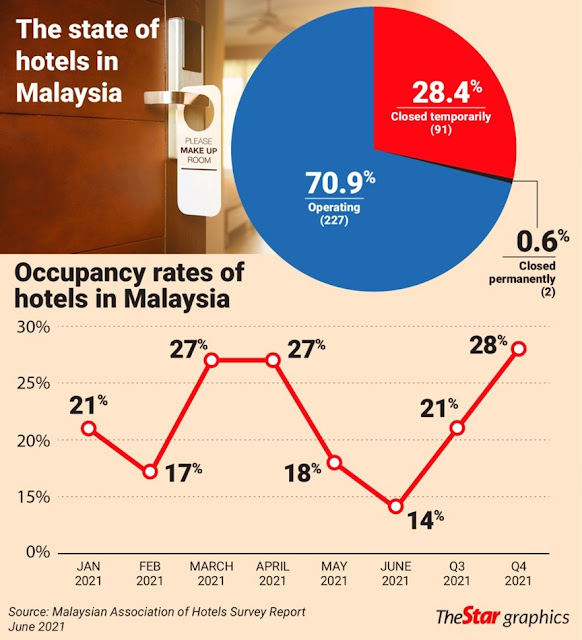Attempting to recover from a $180 million fine for accounting fraud, Luckin Coffee, a Starbucks competitor in China, filed for U.S. bankruptcy protection. Luckin on Feb. 5 filed for Chapter 15 bankruptcy protection in New York.
The coffee chain, headquartered in Beijing, said bankruptcy actions should not disrupt daily operations, and will continue to meet trade obligations in the ordinary course of business.
Luckin tried to position itself as a local competitor to Starbucks, opening thousands of stores in its first two years of business. The company was founded in China in June 2017 and filed for a US-listed IPO in April 2019. It said it had 2,370 stores.
The U.S. Securities and Exchange Commission said that in April 2019 and January 2020 Luckin "intentionally fabricated" more than $300 million in retail sales. The SEC alleged that Luckin created bogus transactions with three different purchasing schemes, and employees tried to hide those sales by adding $190 million in inflated expenses. In December, the SEC charged the company with defrauding investors and Luckin agreed to a $180 million fine.
In April 2021, the coffee chain admitted that at least $310 million of its sales over the previous three quarters had been fabricated. Following the revelation, the company dismissed its chief operating officer, Jian Liu, and chief executive, Jenny Qian Zhiya. Chinese regulators began investigating Lu himself. The news was originally reported by Caixin and independently confirmed by the Nikkei Asian Review. Then, on July 5, Lu and Li were removed at a special shareholders' meeting in Beijing. Two others - Sean Shao, the independent director leading the company's internal investigation, and Liu Erhai, founder of Luckin investor Joy Capital, were also ousted. Luckin's very survival is now in doubt, and the company's shares have been delisted.
The scandal at the company has raised many questions for investors: about the obsession with a growth over profits model; claims to high-tech credentials for a low-tech model; and about the reliability of corporate governance standards in China. All could have serious consequences for the future of Chinese companies as they try to list on international exchanges.
On May 17, 2019, the day of the Luckin listing, coffee and champagne flowed freely at Nasdaq. The company had been dubbed "China's Starbucks" by the financial press, a concept that was simple for investors to grasp. The stock, which made its debut at $17 a share, rose 20% by the close of the day, giving Luckin a valuation of $4 billion.
Just like Uber, Luckin was incurring heavy losses -- and at a widening rate. Its first quarter loss came in at 550 million yuan ($77.8 million), which senior executives attributed to a weak Lunar New Year holiday period. The company managed to charm investors anyway.
Superficially, its pitch was compelling. Lu was building a company that was not just a cheaper clone of Starbucks - although his stated ambition was to be bigger than his American rival. Luckin was also a data and e-commerce play. The vast majority of its outlets were stalls where customers picked up coffee on the go, and the customer experience was mostly online. All of its transactions took place on the Luckin app, allowing the company to build a massive database of middle-class Chinese consumers. It added e-commerce functions and signed deals with food delivery services. With that network, it promised a kind of optimized, digitized experience that resonated with tech investors.

Luckin Coffee's growth was impressive, but there were some major questions over its business model. Its sales were heavily subsidized, meaning that its unit economics were unsustainable. To make a profit, it would need to drastically raise the price of its coffee.
From the beginning, there were many hedge fund managers who were skeptical of the coffee chain's prospects. However, few actually shorted Luckin's stock because to do so was prohibitively expensive.
This meant Luckin's share price was artificially robust throughout most of its life as a public company. In the end, though, it was a famous short seller that blew the whistle on Luckin.
Not long after Luckin's capital raising in January, the hedge fund Muddy Waters announced it was shorting the stock, citing a damning anonymous report on the coffee chain. It was a vast exercise in detective work. The authors had dispatched nearly 1,500 investigators to count sales and record traffic at 600 Luckin stores. By the end, they had recorded more than 11,000 hours of video and collected nearly 26,000 customer receipts.
The report concluded that Luckin had inflated the number of items being sold by 69% in the third quarter of 2019 and by 88% in the last quarter, and that the net selling price per item had been overstated by more than 12%. The authors estimated that rather than making money, net loss at the store level was 28%. Revenue contributions from non-coffee products -- the basis of Luckin's growth plan -- had been overstated by 400%, according to the report.
Although the fraud dominated the headlines, the report was also highly critical of Luckin's business model, which was overreliant on discounting. For it to be profitable, prices would have to rise, and customers would desert the brand, the report says. The model would never work, it concluded.

Luckin initially dismissed the allegations and disputed the report's methodology. In April, however, it confessed to one of the main findings: Sales had been vastly overstated.
The company said a special audit led by Ernst & Young found that Luckin's chief operating officer, Liu Jian, and other employees had carried out a scheme to fabricate more than $300 million in revenue over the six months ending Sept. 30. The stock tumbled by more than 90% from its high in January.
Meanwhile, the ripple effects of Luckin Coffee's implosion have been massive. The past decade has seen numerous frauds involving Chinese companies listed offshore, in markets from New York to Singapore to Toronto. But this one seems to have had far greater impact.
In response to the scandal at Luckin, Chinese regulators -- who have typically sat on the sidelines when mainland firms listed abroad are mixed up in fraud allegations – have sprung into action with unusual alacrity to demonstrate both their concern and their determination to take punitive action against miscreants.
Luckin's inflated numbers point to challenges for investors in consumer internet companies: The difficulty in verifying claims of how many monthly or daily consumers they actually have on their platforms, and how much the companies themselves actually subsidize their users' purchases.
This is not just a China problem. Even investors from the world's most respected venture capital firms say that, on occasion, they have difficulty verifying numbers during the course of their due diligence. Before putting money into a consumer internet company, investors will often hire an accounting firm to verify sales and estimate subsidies. If a ride-sharing company has a receipt claiming a 200-km ride in the small city-state of Singapore, it is easy to establish that the receipt isn't genuine. But rarely is a falsified figure that blatant. Investors whose credo is "trust but verify" must often resort to simple trust at the end of the day.
The challenge is further complicated by the fact that virtually all consumer internet companies start out heavily subsidizing their sales and "adjusting" their numbers. On a stand-alone basis, the figures are never reassuring. Their ultimate survival depends on eventually convincing consumers to pay real money for their services, on having deep-pocketed strategic investors such as Tencent or Alibaba in China, or Google or Facebook in the U.S. -- or on undertaking a new activity that generates profits. These are non-sustainable to portray a valid and authentic story for the long-run.
References:
Chinese coffee chain Luckin files for bankruptcy after accounting scandal,
https://www.vendingmarketwatch.com, February 9, 2021
The Luckin scandal: fake sales, power struggles and a “broken model”, Henny Sender, www.asia.nikkei.com, July 8, 2020

























